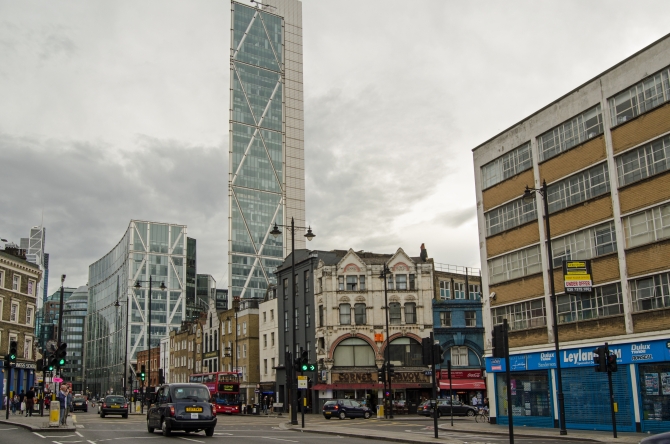After an impressive year, the recovery in the commercial property market has settled into a three-speed jog, with offices and retail travelling at two very different rates, separated by industrial property in the middle lane.

Following the heady capital growth of 2014 the winter and early spring were a time of deceleration for commercial property, Knight Frank reports in its monthly UK Market Outlook — “But the improvement we again saw in May was not evenly spread with offices surging ahead, industrial achieving a less dramatic increase, and retail barely seeing any improvement.”
Attempting to explain the disparity the June report, written by the firm’s chief economist James Roberts, says: Industrial in recent years has enjoyed a fillip in the occupier and investment market from the rise e-commerce, but that is no longer ‘news’.
“Investors, possibly, now view the internet effect as priced in, taking some of the heat out of the market.” This, Roberts says, is perhaps a healthy downwards gear change, “especially as the internet is no longer expanding its market share in retail as aggressively as a few years ago”.
Meanwhile in the London office market, the development pipeline has been slow to respond to demand and this is pushing up prices and rents, encouraging occupiers and investors to look to the regional markets.
“In the financial sector in particular, occupiers are reviewing which business functions need to be in the capital, and other UK cities are starting to benefit. Investors may take the view that there are plenty of further opportunities to explore in the outperforming office sector before revisiting the more embattled parts of retail.”
Attempting to explain the underperformance of retail property is even harder, admits the economist. “After all, the UK retail sales figures have been robust for some time, and the consumer has done much to support gross domestic product growth by compensating for sluggish export demand and a retrenching government.
“Plus, there are the new occupier groups and shopping formats that have emerged to meet changing consumer trends, such as cafés, mini supermarkets, and click-and-collect. These should be compensating for problems elsewhere in the sector.”
Taken as a whole, the commercial market is continuing to return to pre-recession levels. The all property capital growth index rose by 0.8 per cent in May, which is up month-on-month on the 0.5 per cent reported for April. And investment volume from January to May totalled £23.6bn, up from £17.8bn for the same period in 2014.